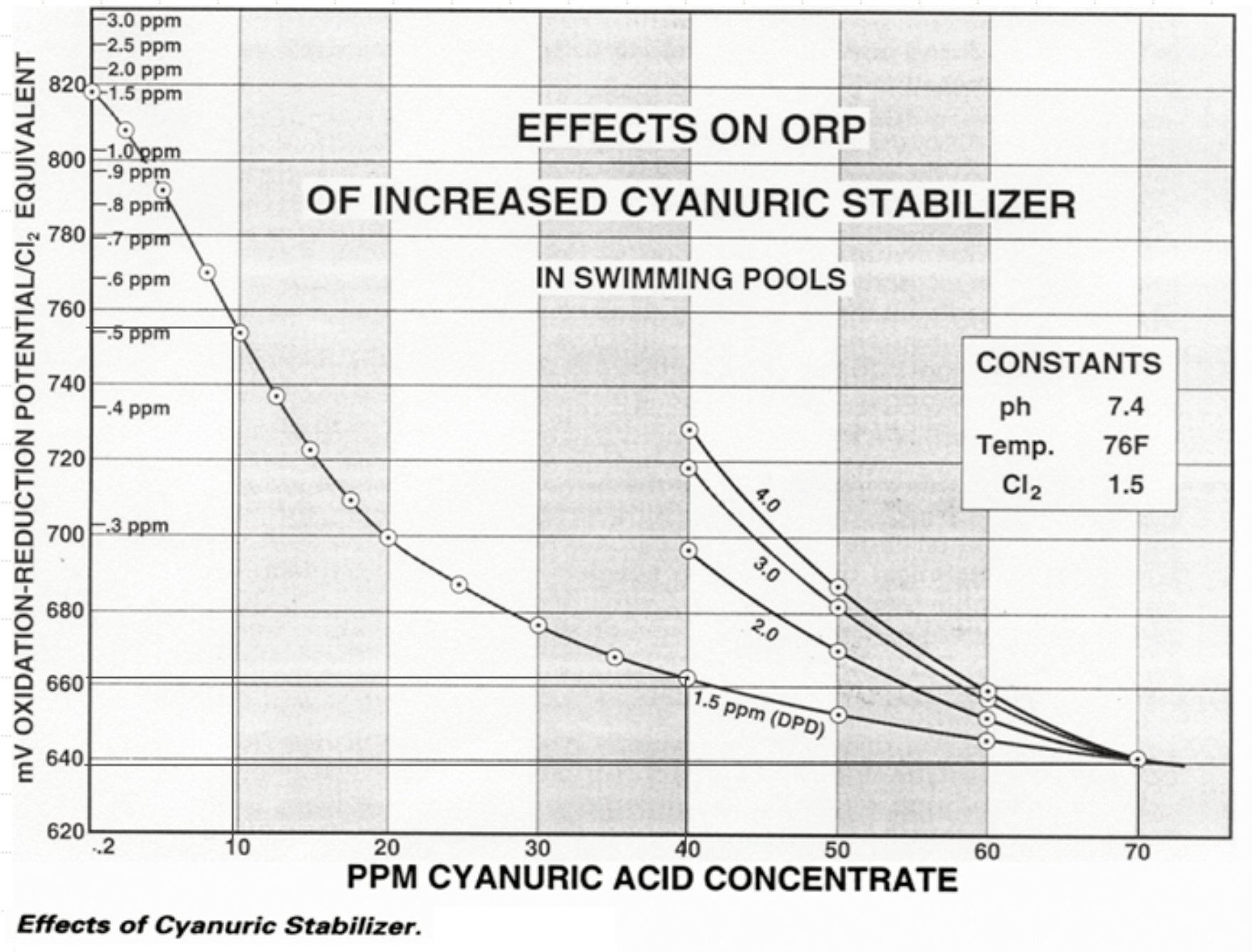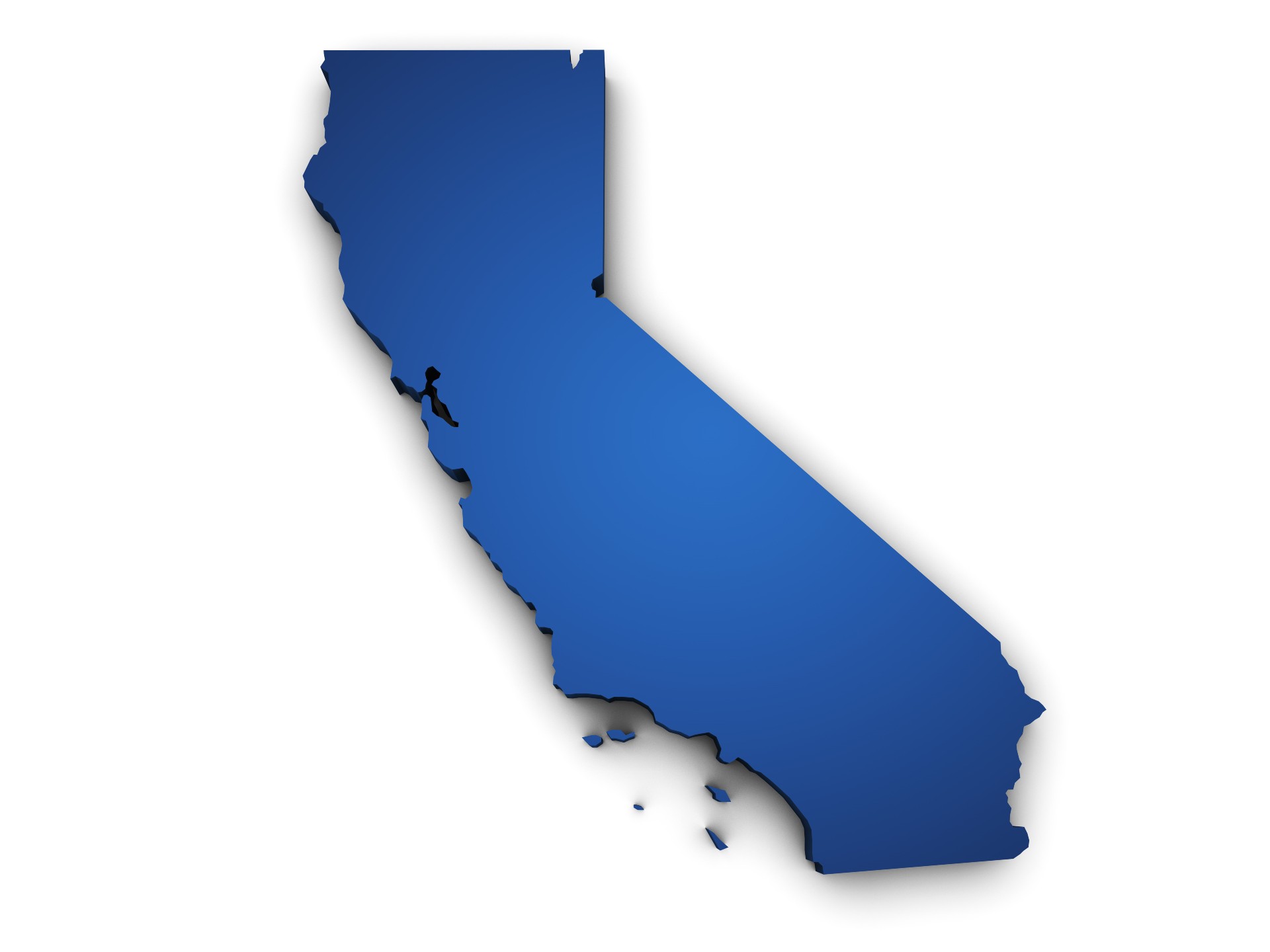RE: Aquatics International, April 2013, article titled, “Is CYA Out on the Inside?’
Kent Williams and I are compelled to respond to the article in AI concerning cyanuric acid. We have focused on this topic for more than two dozen years and have clearly done more research on this subject than anyone in the industry.
Much of the article’s information concerning “stabilizer, conditioner and cyanuric acid” was accurate. But there are several important points that must be made to further understand and clarify just what the effects of this controversial compound are on the work value of chlorination — and to establish that cyanuric acid is, without a doubt, inappropriate for use for indoor swimming pools.
First of all, the very descriptive name used for cyanuric acid (CYA) is “stabilizer.” This more than anything else describes just what CYA does to the hypochlorous acid (HOCl) compound we want and need in our aquatics facility water to handle those two critical jobs — disinfection and oxidation. It is imperative we understand that HOCl is a very effective sanitizer and oxidizer simply because it is unstable!
A quick review of basic chlorine chemistry reveals that HOCl is the compound that is produced by adding various chlorine sources from gas chlorine, sodium hypochlorite (liquid chlorine or bleach) or calcium hypochlorite (dry chlorine) to our water. HOCl is the active, “unstable” chlorine compound that disinfects (killing bacteria, viruses and protozoan cysts) and oxidizes (destroying organic compounds created from sweat, saliva, urine and more). However, HOCl, once combined with CYA, becomes a new compound that is “much more stable than HOCl,” and the “activity” potential is slowed measurably.
What are the results?
Look at these two specific areas of chemical activity as discussed in the National Recreation and Park Association’s Aquatic Facility Operator Manual, which contains a full chapter on stabilization.
First, let’s look at the CYA effects on bacteria kill times. The first graph illustrates the effect of increasing CYA on the kill time of pseudomonas by HOCl. Notice that with no CYA present, the kill time is in seconds. Disturbingly, while dosing the water with only 10 ppm of CYA, we see the kill time slowed to nearly two minutes. Even more alarming, when CYA concentrations reach 40 ppm, the kill time slows to more than 12 minutes! So the “bugs” eventually do “die,” but we certainly don’t want them swimming laps in the meantime.
Second, let’s examine the effects of CYA on oxidation. This graph illustrates the dramatic effect of CYA on the oxidation process. Examine the actual oxidation reduction potential (a millivolt measurement of the water’s ability to oxidize, often referred to as the “work value” of the chlorine), and the corresponding ppm (the quantitative or how-much measurement) equivalent. With zero CYA, at a ppm residual of 1.5 ppm, the ORP is near 820. Yet, with only 10 ppm of CYA, the ORP drops to 755 mV with an equivalent ppm “work value” of just over 0.5 ppm. At a 40 ppm CYA concentration, the ORP drops to just over 660 mV (which is just barely over the World Health Organization’s ORP minimum of 650 mV for tolerable disinfection) and the equivalent ppm work value of around 0.25.
So what does it all mean? To simply sum it up, increasing CYA significantly decreases the chlorine’s ability to sanitize and oxidize. But does it have value?
With all that said, CYA does have a place in outdoor pools because it significantly decreases the degradation of “chlorine” (HOCl) by ultraviolet light from the sun; however, the greater the organic loading, the less CYA should be used. CYA is a trade-off for longevity (something that shows up on the test kit reading) for “work value” (that which we want and need to be happening in the pool all the time).
CYA and stabilized chlorine should never be used in indoor pools unless, for some reason, there is no other chlorine compound available that day.
In simple, emphatic words, cyanuric acid products have no place in indoor pools and should be used with careful discretion on outdoor pools.
Signed:
Kent Williams, Executive Director, Professional Pool
Operators of America; industry consultant; AFO instructor-trainer; author, Aquatic Facility Operator Manual
Rich Young, President, Aquatic Commercial
Consulting; Technical Adviser; Professional Pool
Operators of America; managing editor,
6th Edition, Aquatic Facility Operator Manual



